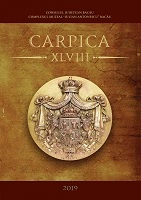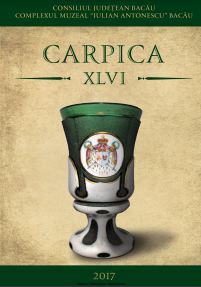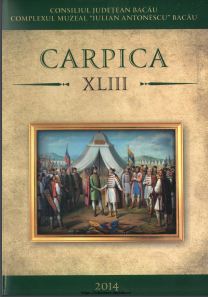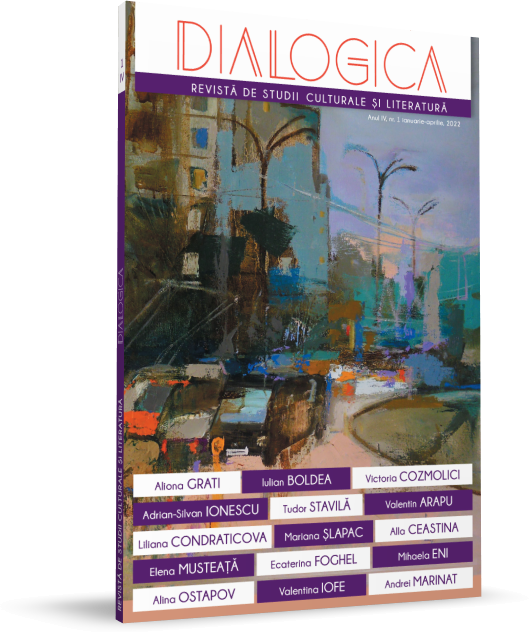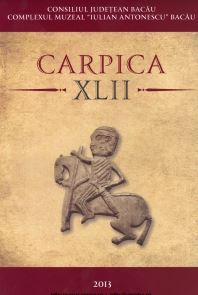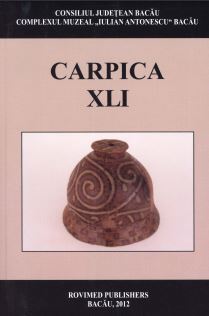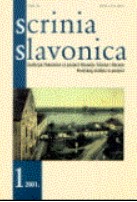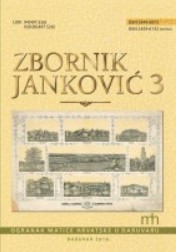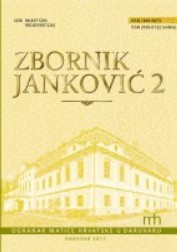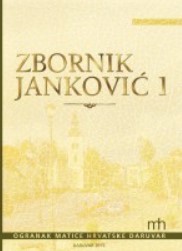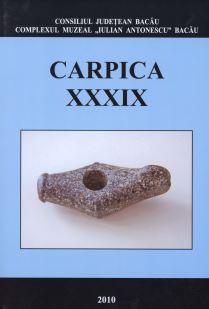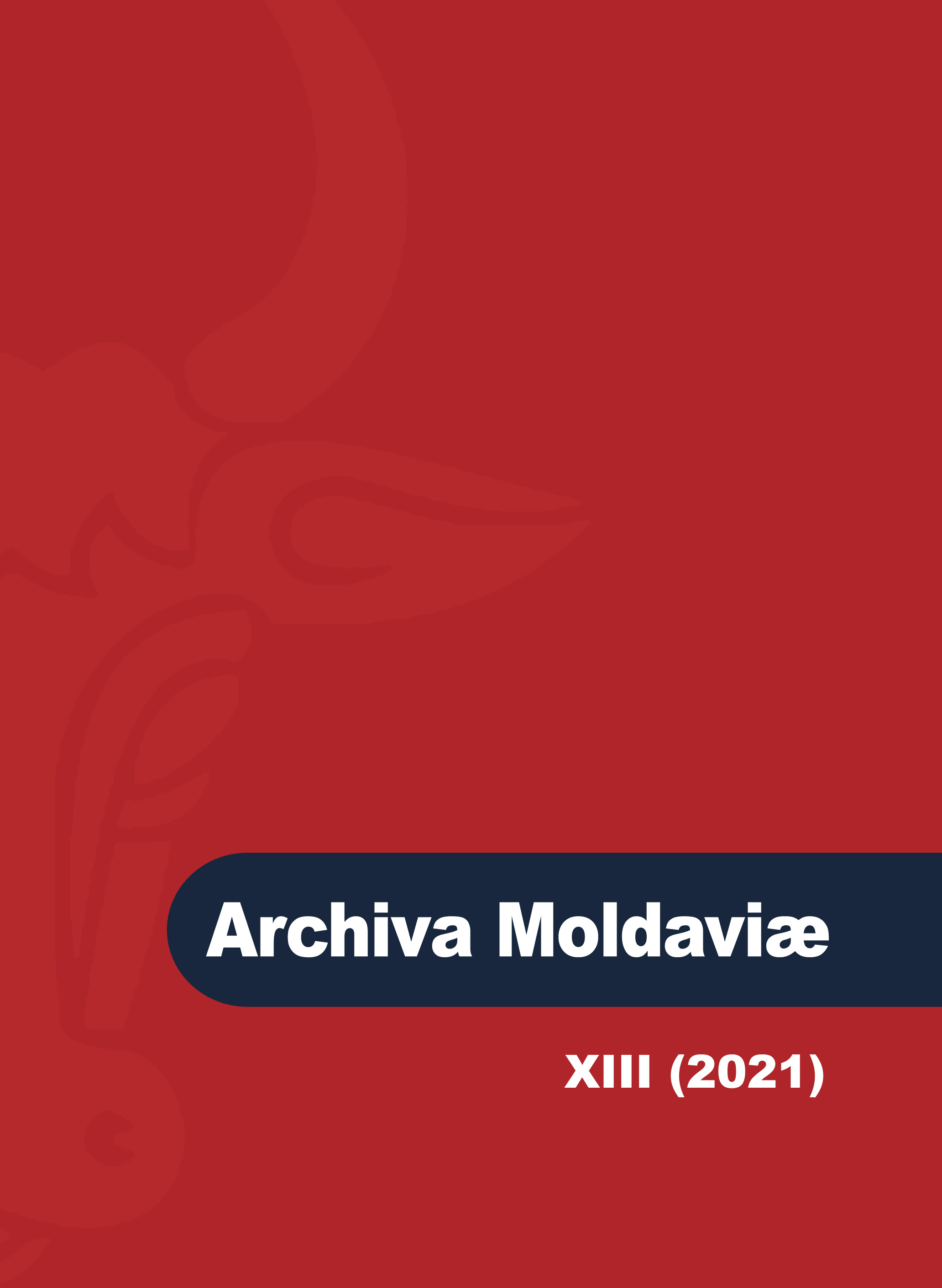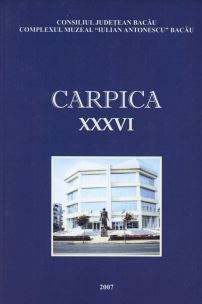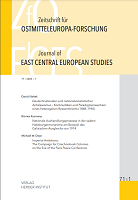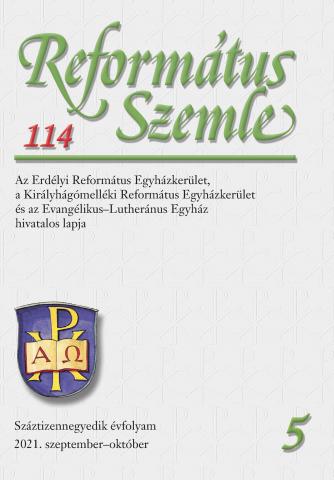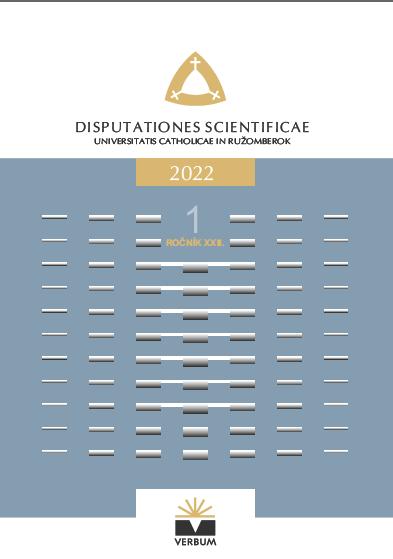
Karol Anton Medvecký v slovenskej politike po roku 1918
The following article is devoted to a personality important for the Slovak environment, especially in the period of the so-called revolutionary changes since 1918, but not only during them. Karol Anton Medvecký first became the secretary of the Slovak National Party, later also the secretary of the Slovak National Council, a member of the Revolutionary National Assembly, deputy minister with power of attorney for Slovak administration for Catholic Church Affairs, vice-president of the Czechoslovak People's Party in Slovakia or its deputy in the regional council. The aim of the paper is to present Medvecký, his activities, tasks and problems that he was solving in the political field. We will try to answer questions that mainly concern his political activities. We will rely primarily on periodicals and the current state of historiography in the event of a significant shortage and dispersion of preserved archival sources.
More...
